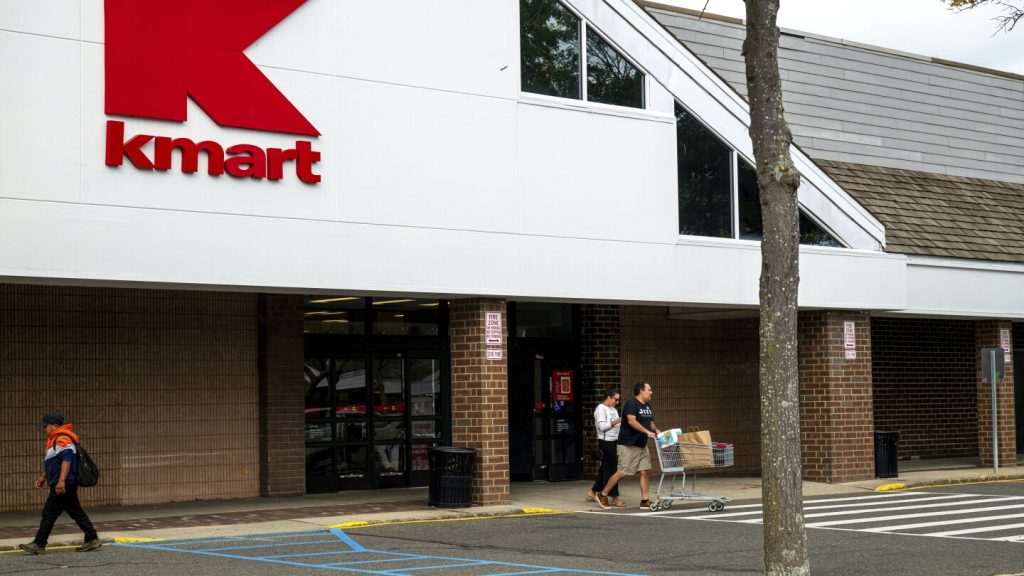Kmart, the once-popular retail giant known for its Blue Light Specials, is closing its last full-scale store in the mainland United States. The store, located in Bridgehampton, New York, is set to close on October 20th, leaving only a small Kmart store in Miami as the last remaining location on the mainland. There are a few stores still operating in Guam and the U.S. Virgin Islands. Transformco, the company that bought the assets of Sears and Kmart out of bankruptcy in 2019, did not immediately respond to requests for comment. At its peak, there were over 2,000 Kmarts across the U.S., but the chain has struggled to compete with Walmart and Target, leading to bankruptcy and store closures.
In 2002, Kmart filed for Chapter 11 bankruptcy protection, making it the largest U.S. retailer at the time to take that step. The company announced it would close over 250 stores in an effort to restructure and remain competitive. A few years later, hedge fund executive Edward Lampert merged Sears and Kmart with the promise of restoring them to their former glory. However, the economic recession in 2008 and the increasing dominance of Amazon in the retail industry derailed those plans. Sears also filed for Chapter 11 bankruptcy in 2018 and now has only a handful of stores remaining in the U.S., a far cry from its peak when it had thousands of locations nationwide.
The closure of the last full-scale Kmart store in the mainland U.S. marks the end of an era for the retail chain that was once a major player in the industry. The Blue Light Specials, featuring a flashing blue orb that signaled flash sales, were a nostalgic part of many shoppers’ memories. The dwindling presence of Kmart and Sears stores reflects the changing landscape of retail, with online shopping and big-box retailers like Walmart and Target dominating the market. The rise of e-commerce giants like Amazon has also impacted brick-and-mortar stores, leading to closures and bankruptcies for traditional retailers like Kmart and Sears.
The closure of Kmart’s last store in the mainland U.S. is a symbolic moment for the retail industry, highlighting the challenges faced by traditional brick-and-mortar stores in the era of e-commerce. While Kmart was once a household name with thousands of stores nationwide, it has struggled to adapt to changing consumer preferences and the rise of online shopping. The closure of the Bridgehampton store and the consolidation of the remaining Kmart and Sears locations are reflective of broader shifts in the retail landscape. As consumers continue to turn to online shopping and big-box retailers, traditional department stores like Kmart and Sears face an uncertain future.
For former Kmart shoppers and employees, the closure of the last full-scale store in the mainland U.S. represents the end of an era. The Blue Light Specials and other unique features of the chain store will become nostalgic memories for those who frequented Kmart in its heyday. While the company attempted to restructure and compete with rivals like Walmart and Target, ultimately it was unable to overcome the challenges of the changing retail environment. As the last Kmart store prepares to close its doors, it serves as a reminder of the shifting dynamics in the retail industry and the need for traditional retailers to adapt to survive in a competitive marketplace.


